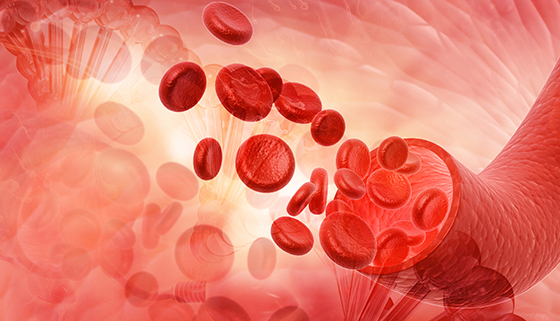In a case of hemolytic anemia, the production of red blood cells by the bone marrow is exceeded by the amount of red blood cells being destroyed.
The bone marrow serves an important function of producing red blood cells that are needed for transferring oxygen from the lungs to the heart and thereafter, throughout the entire human body.
Hemolytic anemia can either be intrinsic or extrinsic.
- Extrinsic hemolysis
This type can come as a result of an autoimmune reaction that occurred or a case of trapping and killing off red blood cells by the spleen. Could also be caused by red blood cells destruction due to varying factors like infections, tumors, leukemia, lymphoma, and side effects from medication.
- Intrinsic hemolysis
This one is often inherited or passed down from persons with dysfunction. Intrinsic hemolytic anemia occurs when the red blood cells being made in the body fail to function properly. It could also develop as a result of an inherited metabolic abnormality.
Causes
Although it can be hard to pick out what exactly is causing it, hemolytic anemia can be caused by several disease conditions and medications.
Underlying causes include,
- An enlarged spleen
- Typhoid fever
- coli toxin
- Tumors
- Lymphoma
- Leukemia
- Infectious hepatitis
- Systemic lupus erythematosus (SLE)
A list of medications that cause drug-induced hemolytic anemia include;
- Acetaminophen
- Antibiotics like penicillin, ampicillin, methicillin, ceftriaxone and cephalexin
- Thorazine
- Ibuprofen
- Quinidine
- Procainamide
- Rifampin
Another causative factor can also be a situation where red blood cell transfusion is received from the wrong/incompatible blood type.
READ ALSO: Constant Tooth Aches? Here’s What You Should Do
Symptoms
The symptoms of hemolytic anemia can vary from person to person. Some persons can have it mild such that it quickly resolves with time, not needing treatment in some cases. In some others, it is so severe that they end up needing treatment and care for the rest of their lives. The many common signs include;
- Pale skin
- Fever
- Lightheaded feeling
- Confusion
- Dizziness
- Weakness and severe fatigue
- Dark urine
- An enlarged spleen
- Enlarged liver
- Increased heart rate
- Heart murmur
- Jaundice
Treatment options for this condition may include;
- RBC transfusion (red blood cell transfusion)
- Intravenous immunoglobulin (IVIG)
- Immunosuppressants
- Surgery
Hemolytic anemia is not age restricted and can affect anybody, even infants. It is highly important to seek early help once the symptoms are noticed.



Leave a Reply